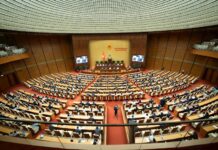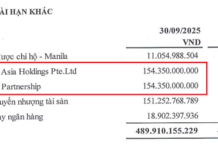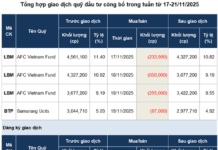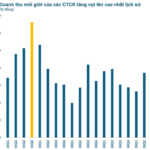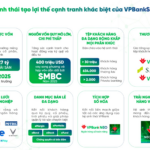On November 19, 2025, the State Securities Commission of Vietnam issued the Certificate of Registration for the Initial Public Offering (IPO) of Hoa Phat Agricultural Development Joint Stock Company (Stock Code: HPA).
Investors can register to purchase shares from November 24, 2025, until 4:00 PM on December 15, 2025, through the lead distributor, Vietcap Securities Corporation. Vietcap also serves as the exclusive IPO advisor and primary distributor for this transaction. Once the registration portal opens, investors can swiftly and conveniently complete their purchases via the Vietcap App.
Investors may register to buy a minimum of 100 shares and a maximum of 14.25 million shares (equivalent to no more than 5% of the post-offering charter capital). The number of shares registered must be a multiple of 100. Upon registration, investors are required to deposit 10% of the total value of the shares they intend to purchase.
The company also plans to list its shares on the Ho Chi Minh Stock Exchange (HoSE) immediately after completing the offering.
HPA’s IPO has garnered significant market attention, as it represents a rare opportunity to invest in a non-financial sector company entering the listing arena. Additionally, the “Hoa Phat” brand is well-recognized among investors for its focus on core business operations, growth expansion capabilities, and resilience across economic cycles.
With its formidable scale and competitive edge in the agricultural sector, coupled with the advantages of the Hoa Phat Group’s ecosystem, and the pivotal role played by the leading investment banking advisor, Vietcap Securities, the market eagerly anticipates another landmark transaction this year.
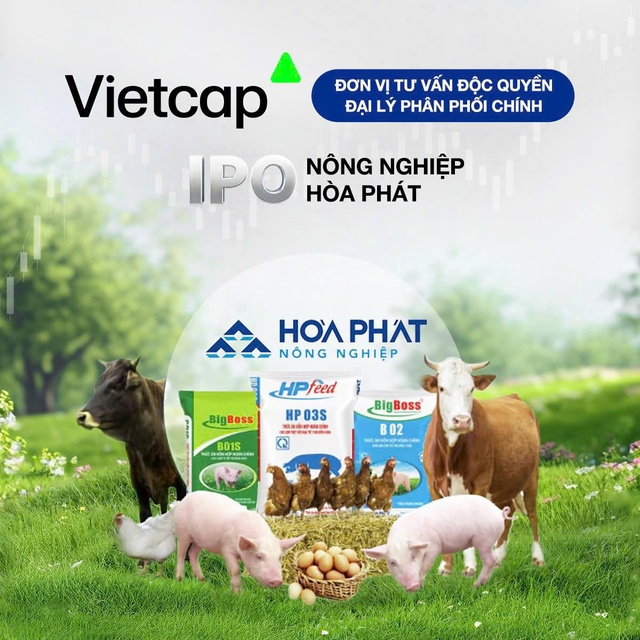
According to HPA’s consolidated financial report for the first nine months of the year, net revenue reached over VND 6,259 billion, a nearly 28% increase year-on-year. Gross profit stood at VND 1,690 billion, with a gross profit margin of approximately 27%. Net profit after tax exceeded VND 1,297 billion, corresponding to a net profit margin of 19.8%.
HPA’s financial metrics are viewed positively. As of September 30, 2025, total assets amounted to nearly VND 4,519 billion, with virtually no net debt.
The company’s equity capital is VND 2,919 billion, with a charter capital of VND 2,550 billion. Assuming a 100% successful IPO, equity capital could rise to nearly VND 4,200 billion, and charter capital to VND 2,850 billion. Compared to industry peers, HPA outperforms in terms of profitability, as evidenced by its ROA and ROE.
HPA’s projected profit for 2025 is approximately VND 1,500 billion, corresponding to an EPS of around VND 5,900 per share pre-offering. The pre-money P/E ratio, based on the IPO price, is about 7.1 times, among the lowest in the industry, comparable to DBC. However, HPA’s financial indicators, including net profit margin, ROE, and net debt-to-equity ratio, significantly outperform its peers. In recent years, HPA has paid dividends of VND 1,016 and VND 3,724 per share in 2023 and 2024, respectively, with an expected dividend of VND 5,249 per share in 2025. The company plans to maintain high cash dividends in the future, supported by its stable business operations.
With its robust financial position, high cash dividend policy, and disciplined business and corporate governance practices, Hoa Phat Agriculture stands out as an attractive investment opportunity. The upcoming HPA IPO is expected to generate significant interest from a broad spectrum of investors.
What’s Happening: Fish Sauce and Instant Noodle Businesses Outshine Hoa Phat, FPT, Vinamilk, and Major Banks
The company’s market capitalization has skyrocketed recently, surpassing the 200 trillion VND mark for the first time since its stock market debut.
VPBankS CEO: IPO Price of VND 33,900 per Share Still “Below the Company’s True Value”
Mr. Dien stated that, based on current valuations, VPBankS shares are projected to have a P/E ratio of 14.3 times and a P/B ratio of 2.4 times in 2025. By 2026, these figures are expected to decrease to approximately 12 times and below 1.7 times, respectively—both lower than the industry average.







